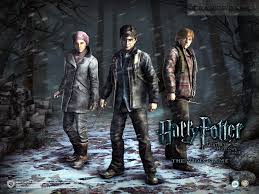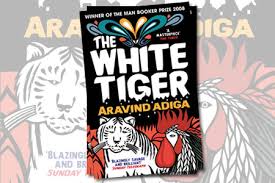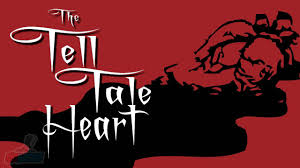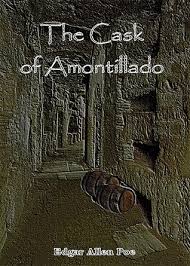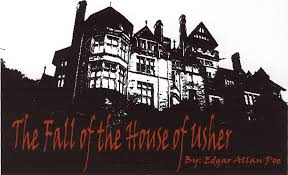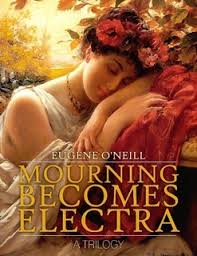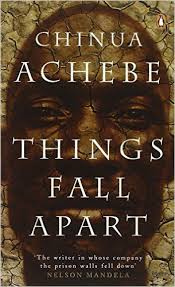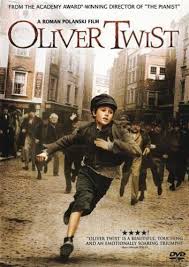Review of the book “Puppet on a chain" by Alistair MacLean”

Review of the book “Puppet on a chain" by Alistair MacLean” Alistair MacLean was a Scottish novelist specially known for his suspense thriller novels. Many of his books were made into popular films. His book puppet on a chain is also a suspense thriller novel. This book is also translated in several other languages including Gujarati. Story in this book taken place at Amsterdam. Protagonist of the story is Interpol agent poul Sharman and his two lady assistants Maggie and Belinda came here to exposé the word wide scandal of drugs and all. Here it turns into blood shade story so many murders and suspense. We can see here in the book that this whole group and people in this are connected with it in so discipline way that it seems impossible to expose. We also can see that in all over the world corruption is equally found not only in India but also in France and other countrie...
